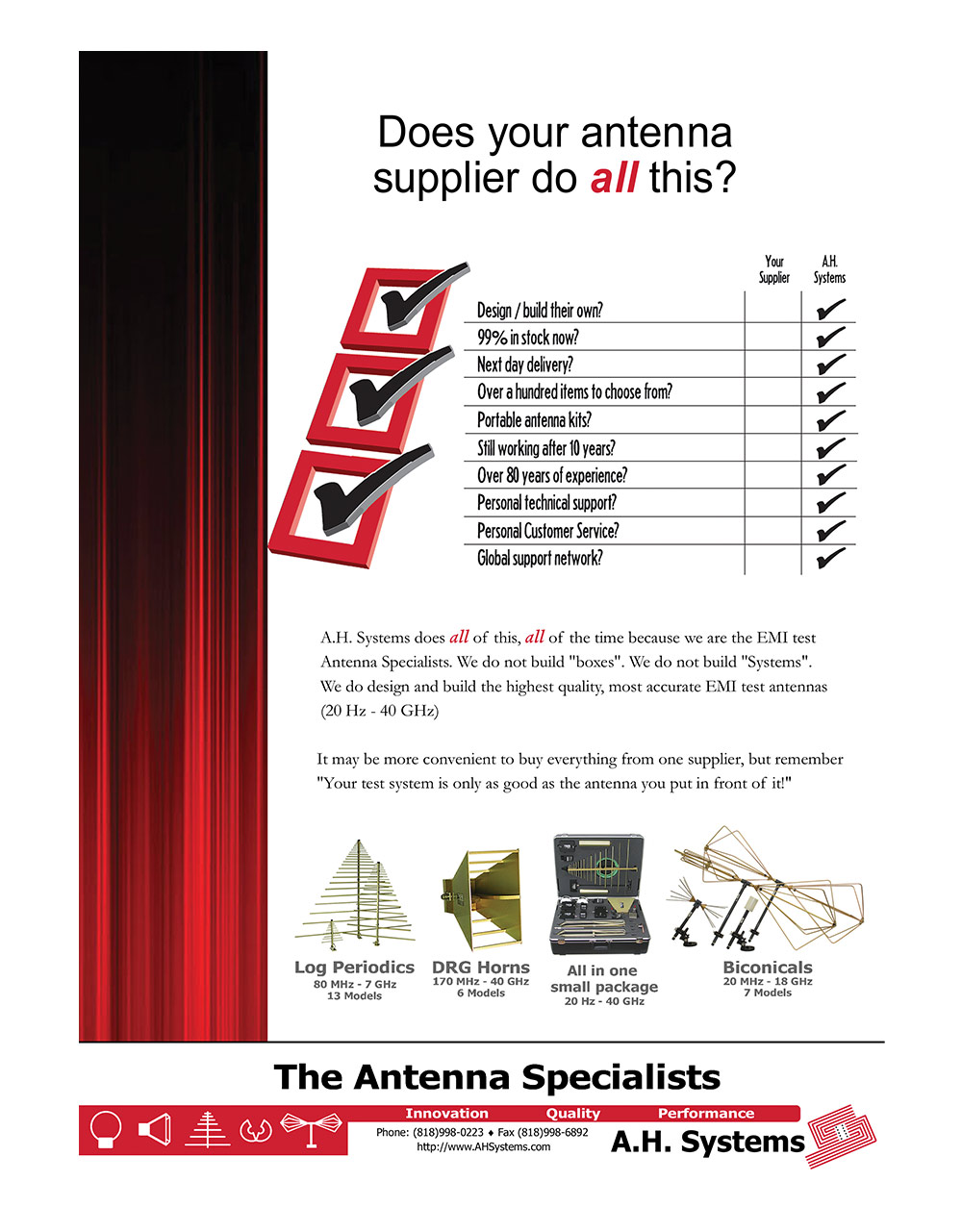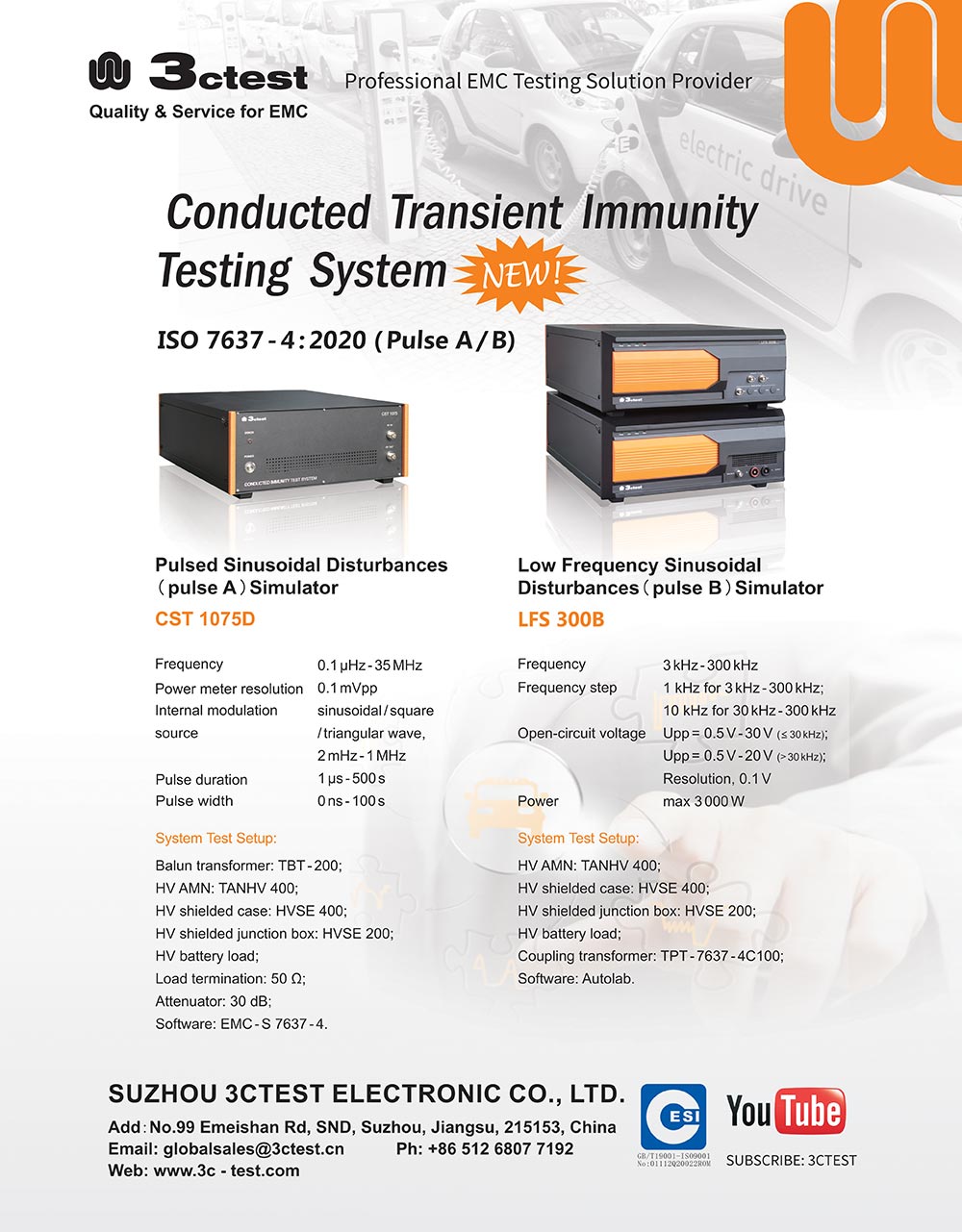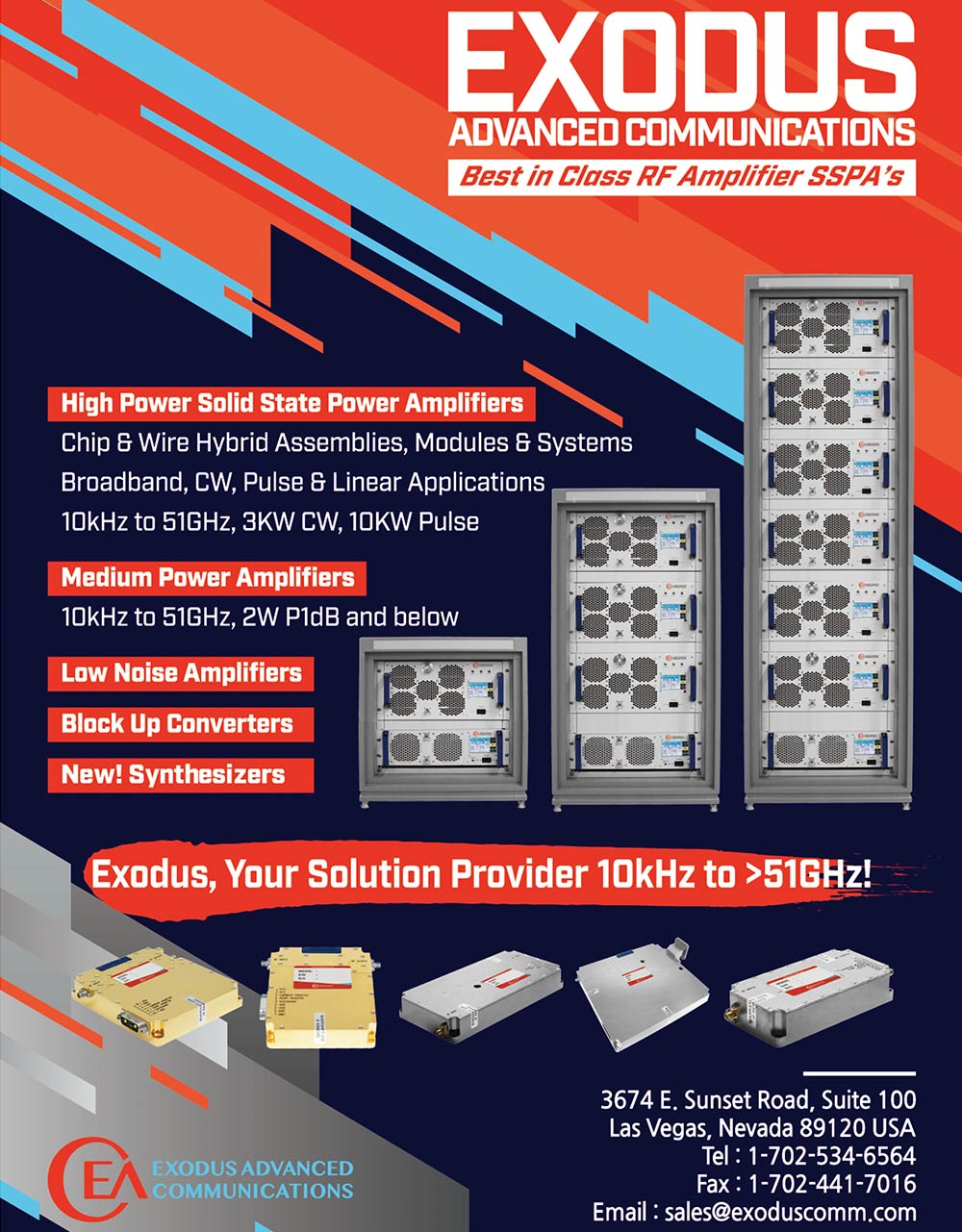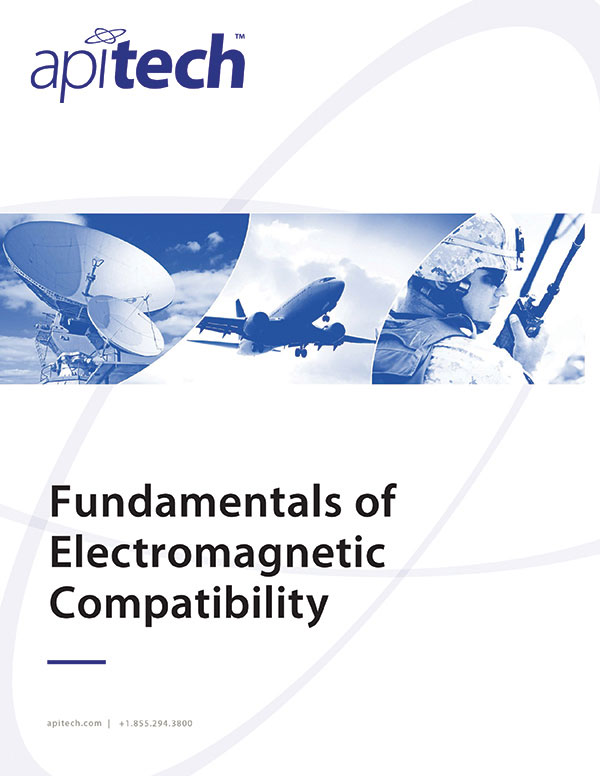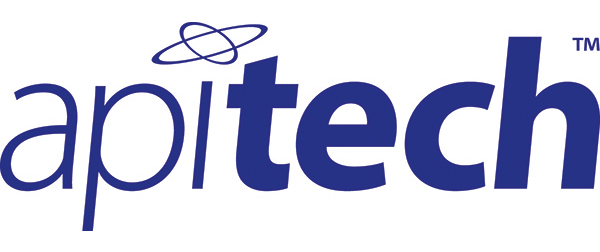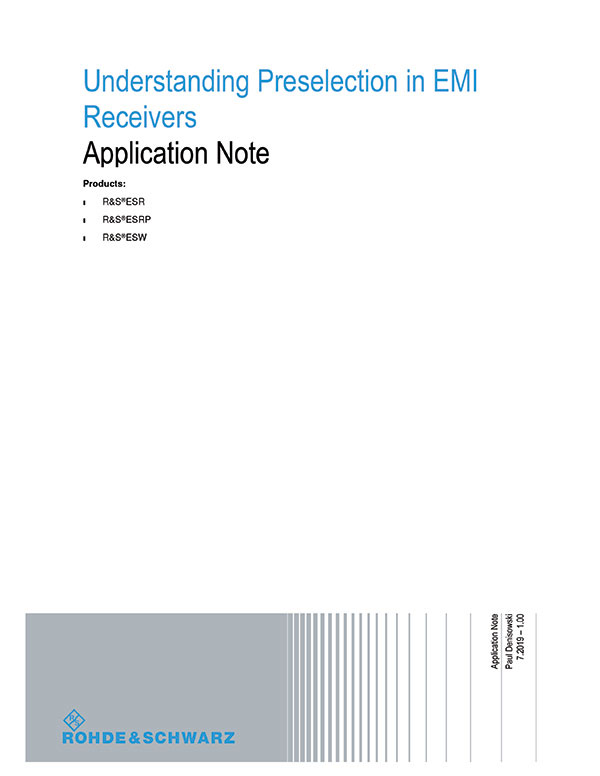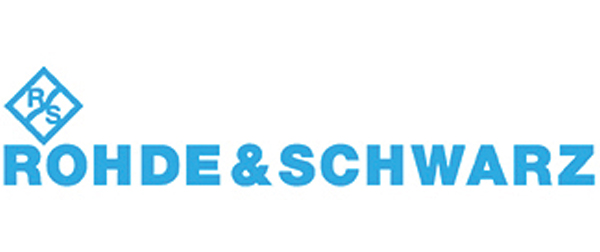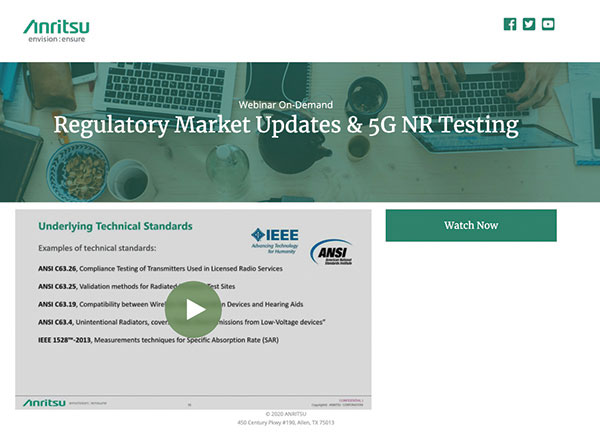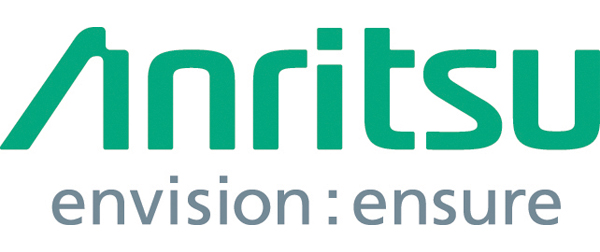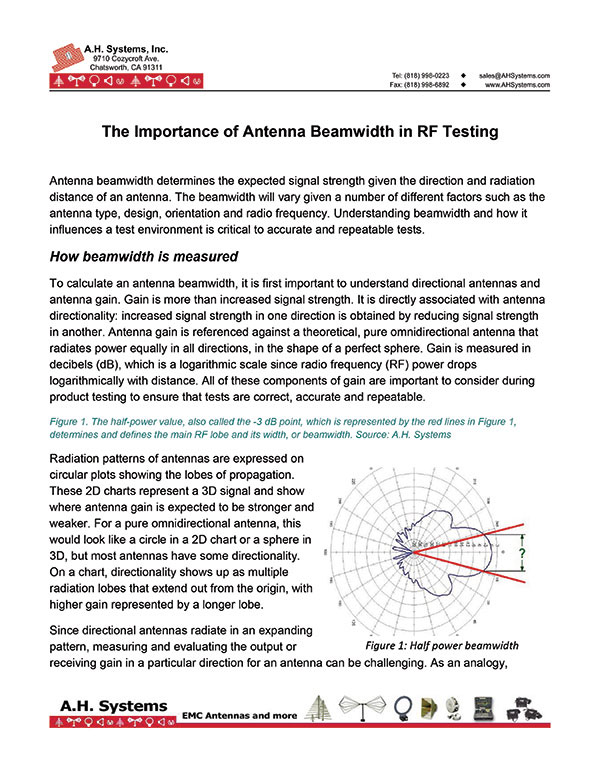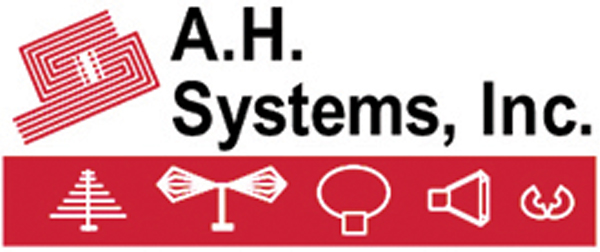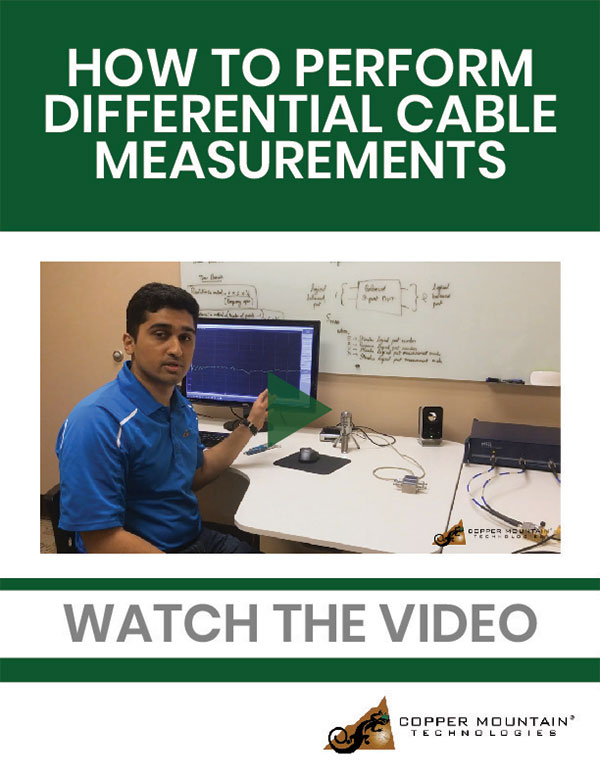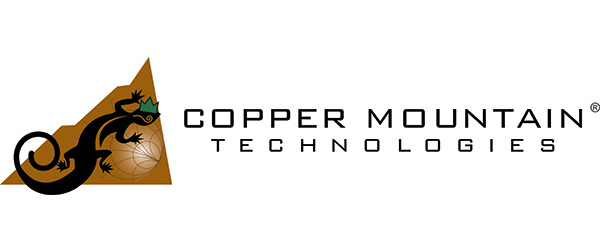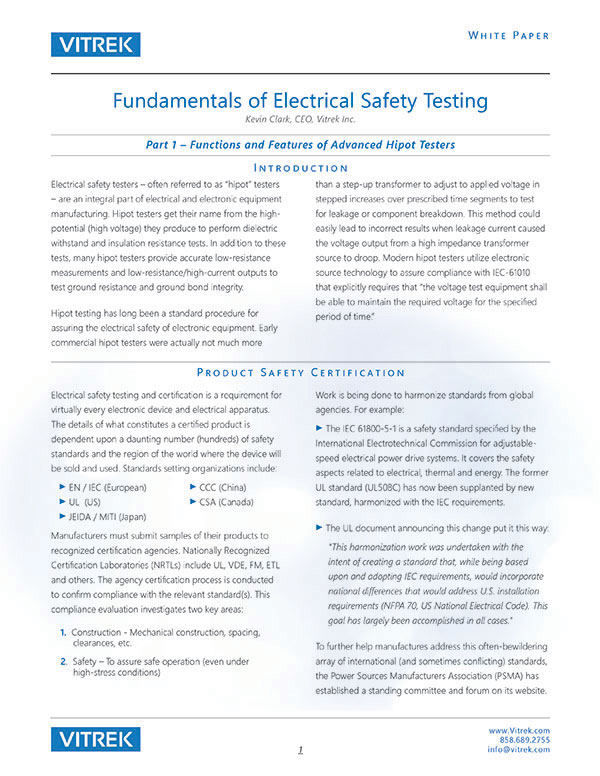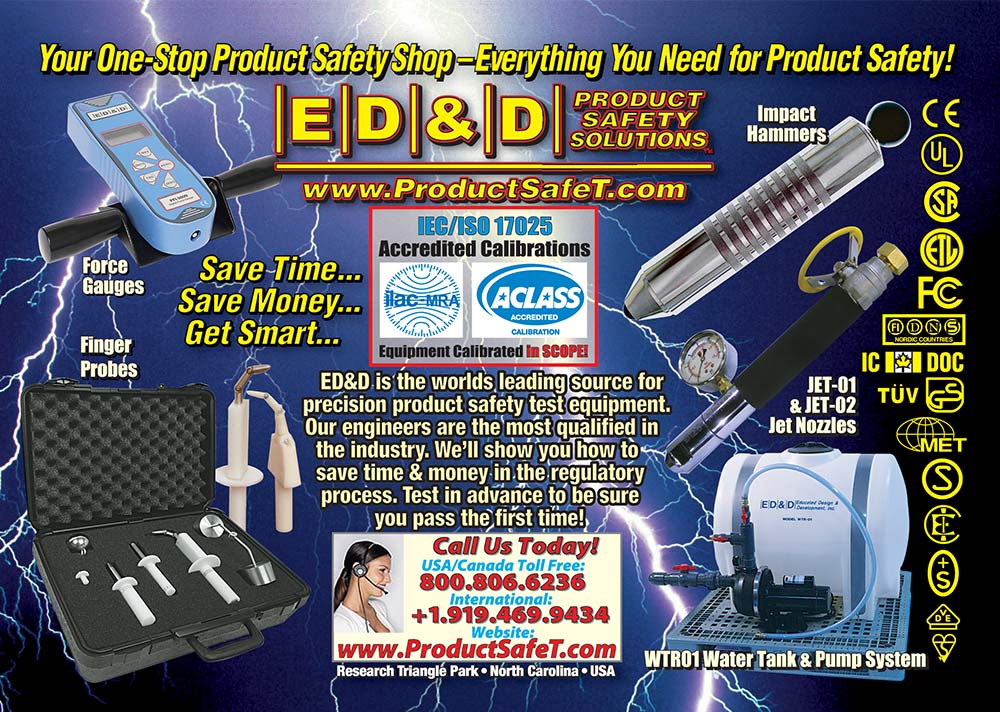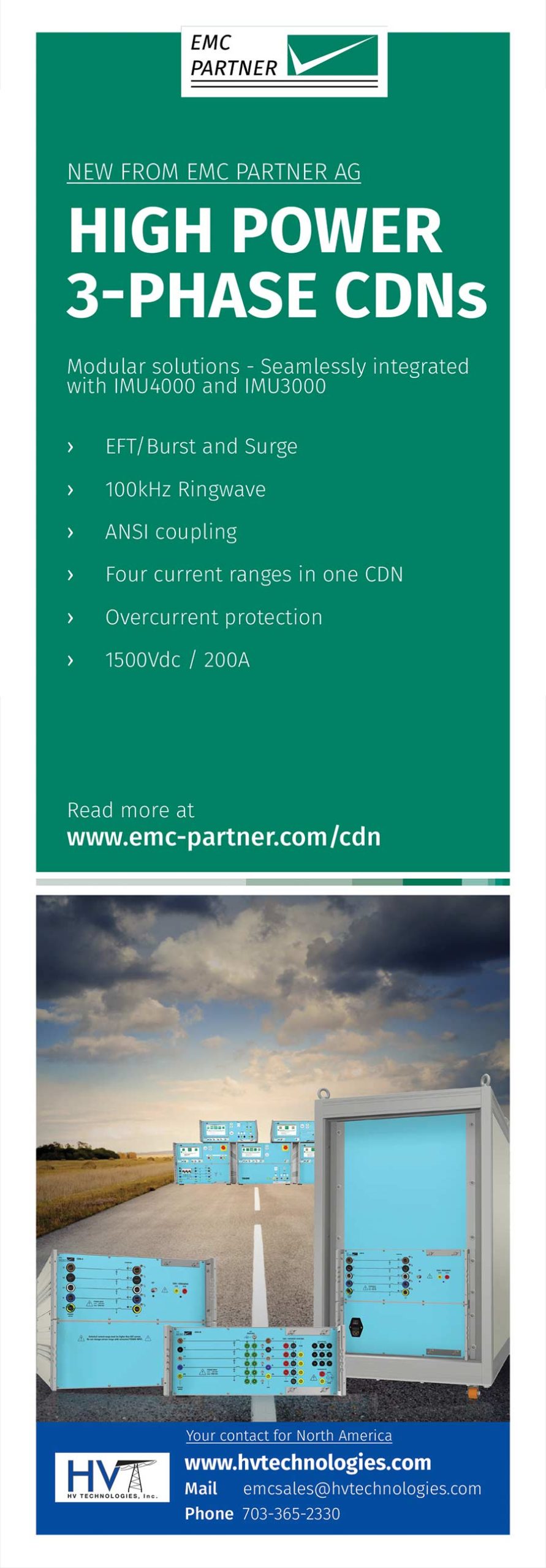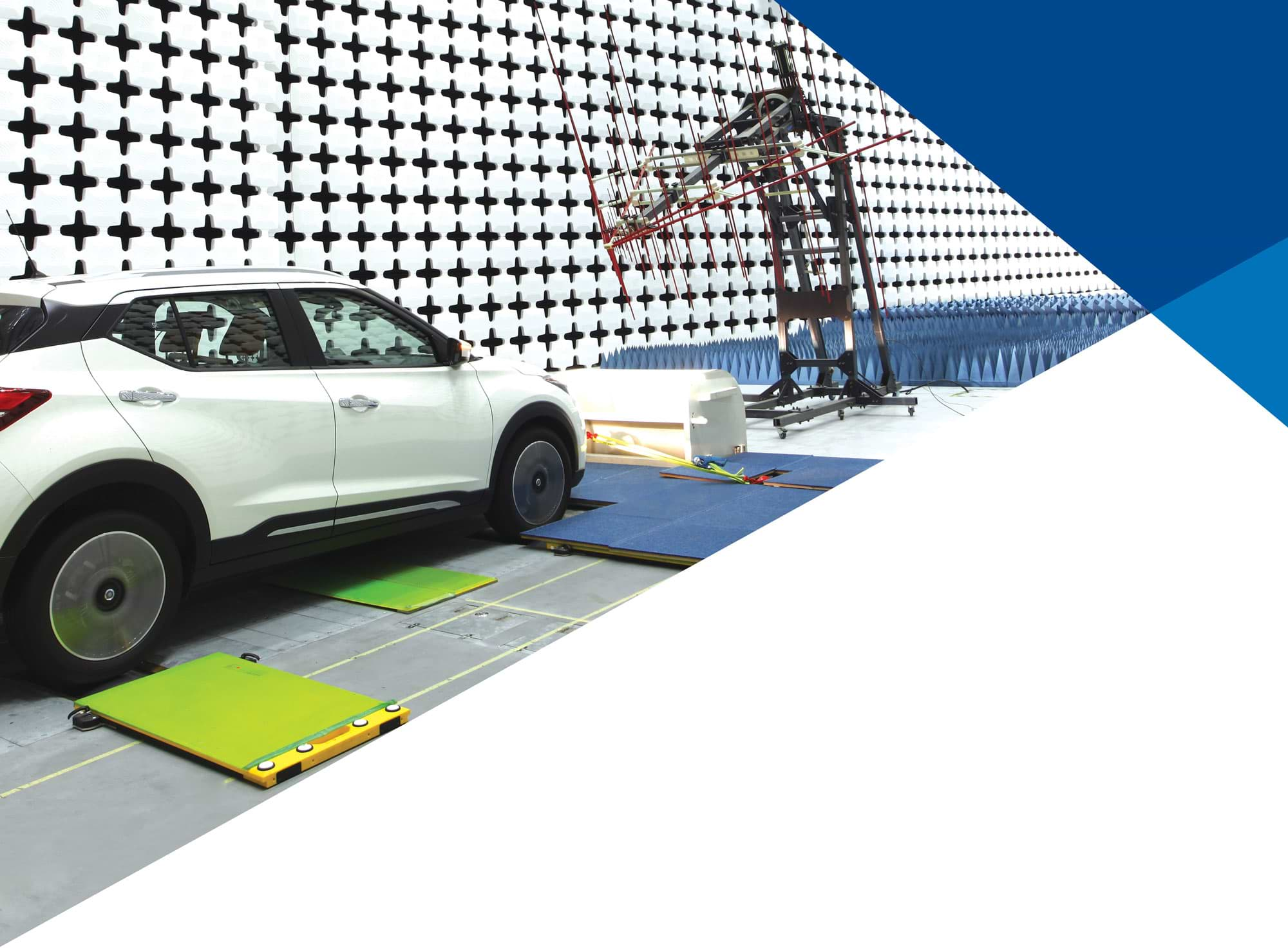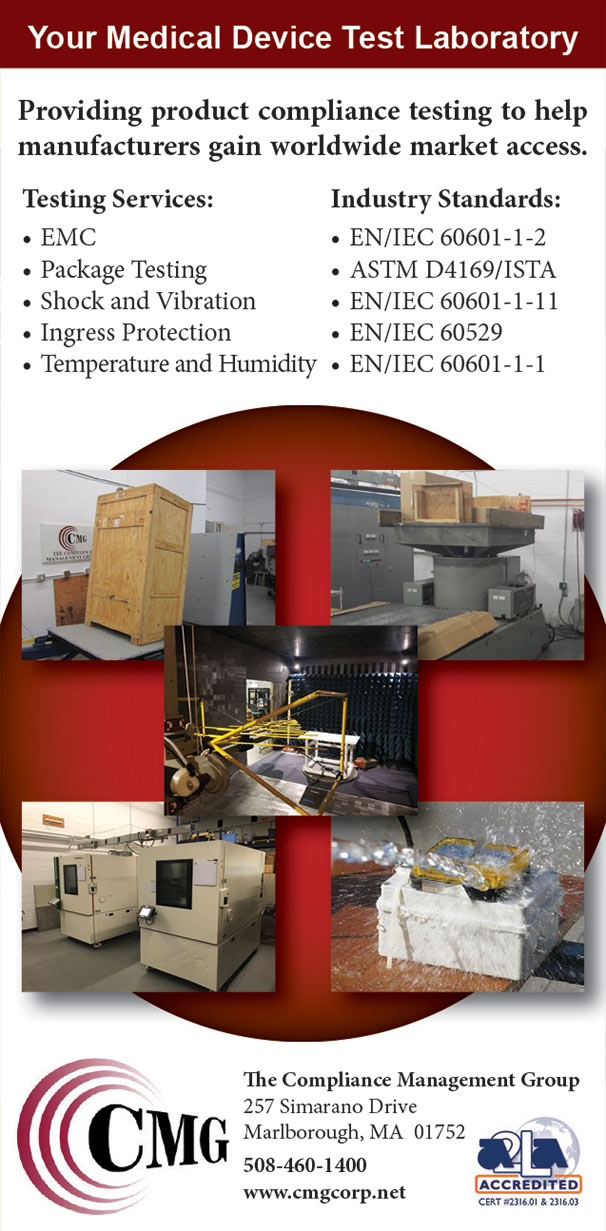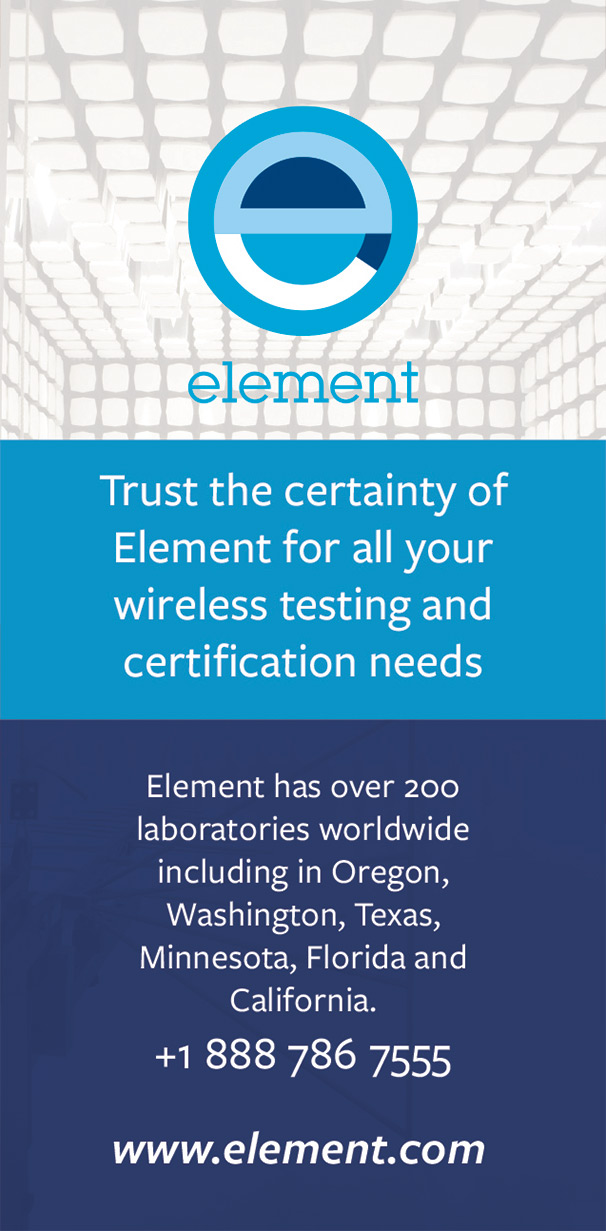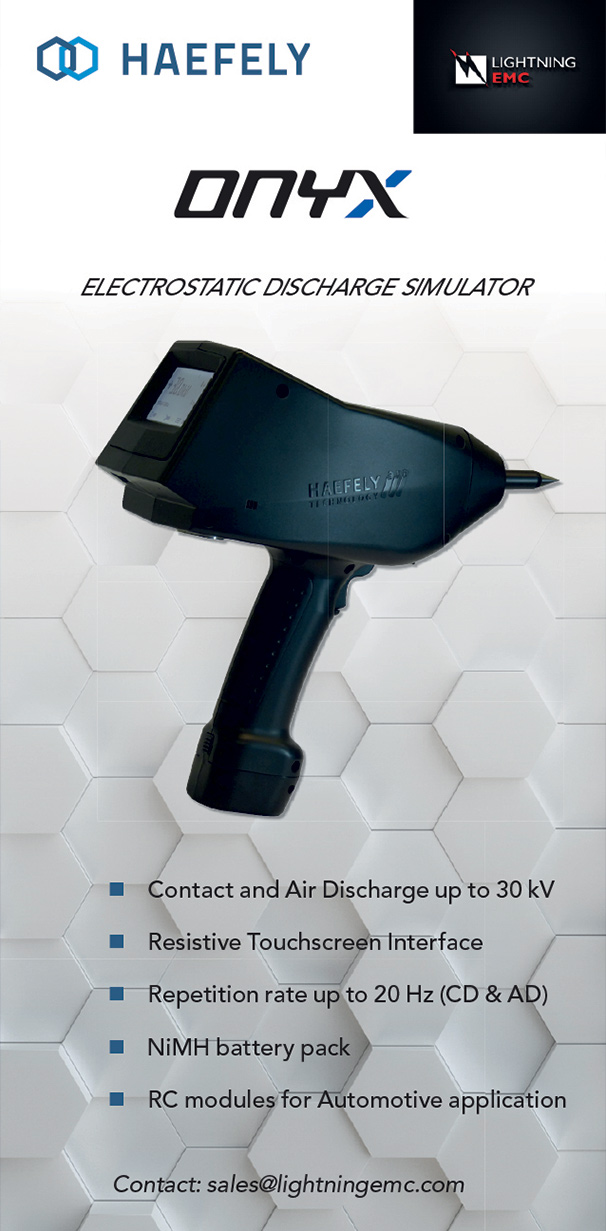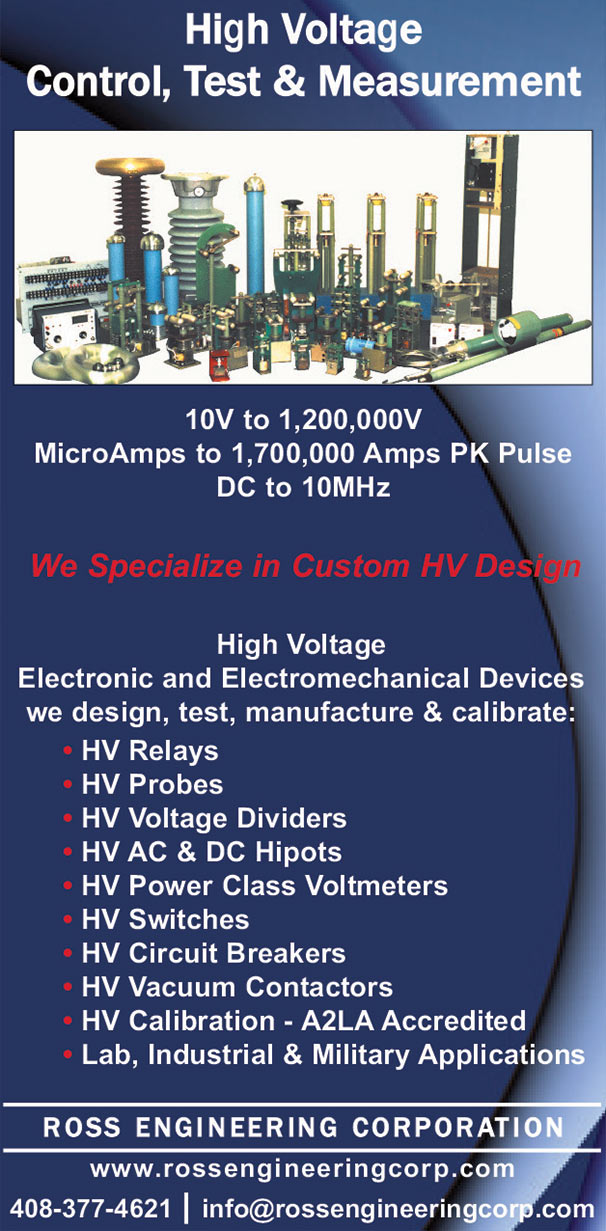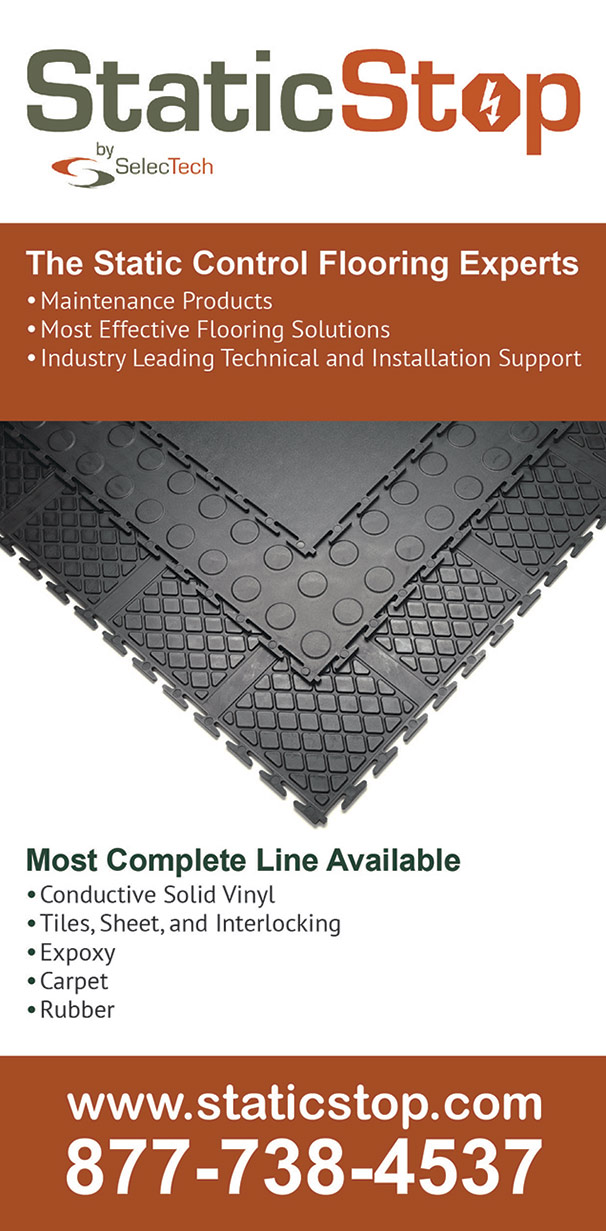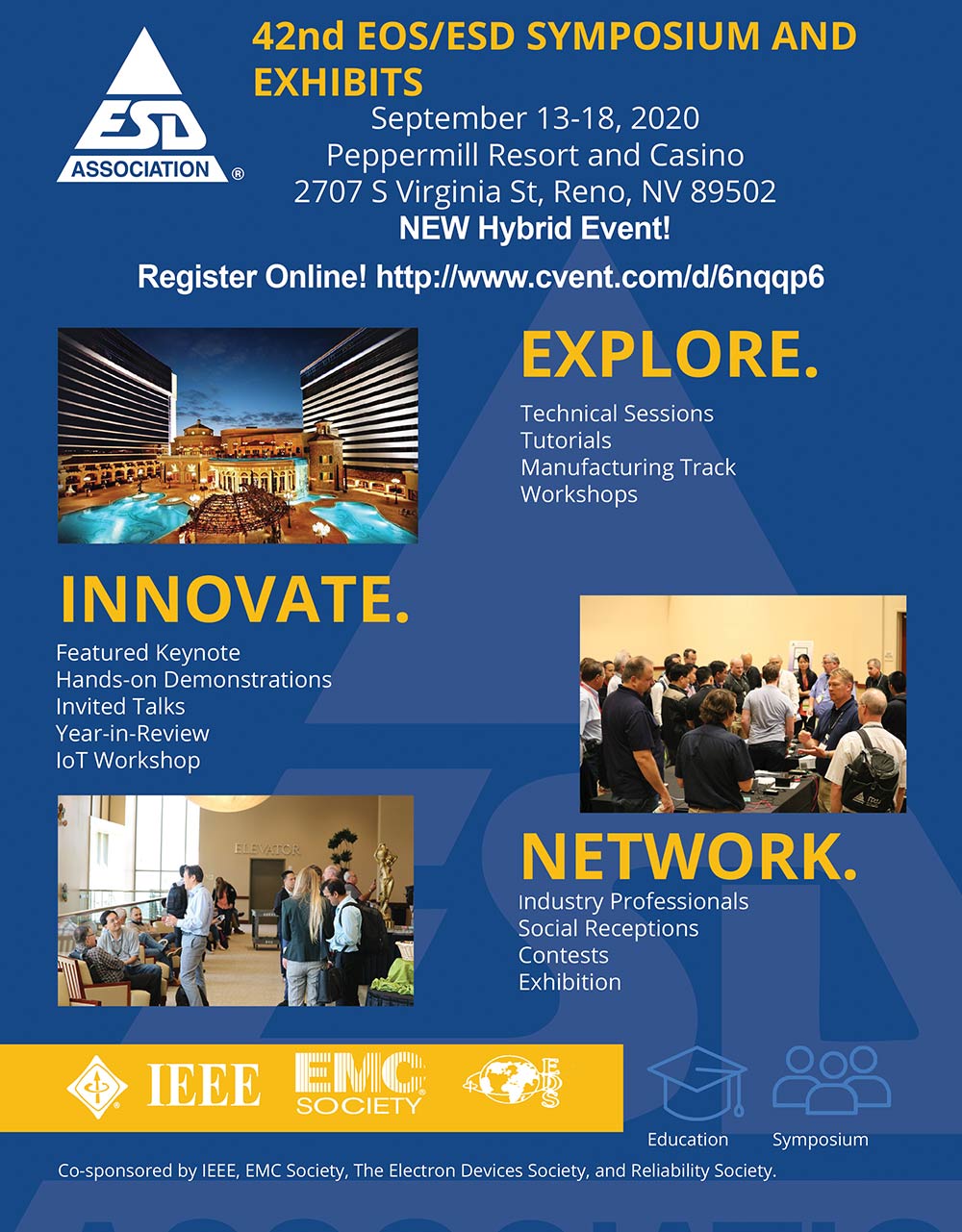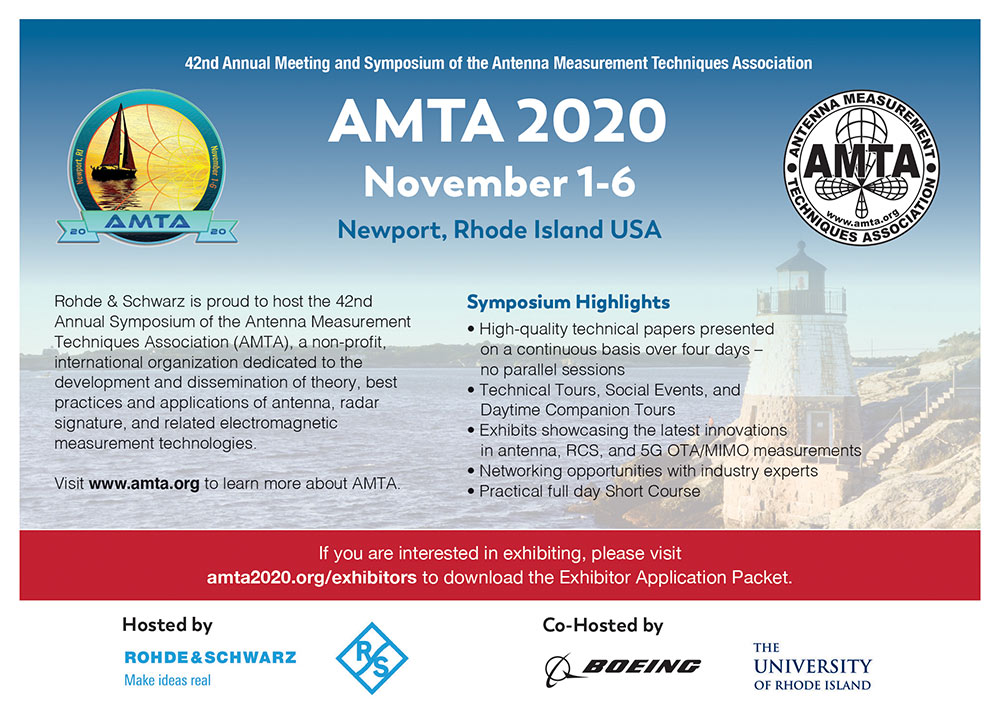
Lithium-Ion Batteries
Conformity Assessment of Interoperable Medical Products
Product Liability Litigation and its Effect on Product Safety
Regulatory Compliance (And Vice-Versa)

ISSN 1948-8254 (print)
ISSN 1948-8262 (online)
is published by
Same Page Publishing Inc.
531 King Street, Suite 5
Littleton, MA 01460-1279
tel: (978) 486-4684
fax: (978) 486-4691
©Copyright 2020 Same Page Publishing, Inc. all rights reserved
Contents may not be reproduced in any form without the prior consent of the publisher.
While every attempt is made to provide accurate information, neither the publisher nor the authors accept any liability for errors or omissions.
publisher
bruce@brucearch.com
keith.armstrong@
cherryclough.com
Leo@EisnerSafety.com
dgerke@emiguru.com
ken.javor@emcompliance.com
kenrossesq@gmail.com
wernerschaefer@comcast.net
Subscriptions outside North America are $129 for 12 issues. The digital edition is free.
Please contact our circulation department at circulation@incompliancemag.com
The U.S. Federal Communications Commission (FCC) has issued a reminder that it does not and will not grant unnecessarily broad requests regarding the confidentiality of information submitted in response to FCC letters of inquiry (LOI).
According to a Public Notice issued by the FCC’s Enforcement Bureau, the agency is receiving an increasing number of requests from LOI respondents and their legal counsels to treat their entire response as confidential. In many cases, these requests fail to provide what the Bureau calls a “substantive explanation” for the request.
In its Notice, the Enforcement Bureau says that such overboard requests for confidentiality are “unacceptable” under the Commission’s rules “and will be dismissed if not appropriately narrowed in a timely manner.” Instead, the Bureau continues, “parties requesting confidential treatment of materials they submit to the Commission are required to identify the specific parts of the submission to which the confidentiality request applies.”
The Notice cites Sections 0.459(a)(1) and (b)(1) of the Commission’s rules as the basis for this policy.
Published in the Official Journal of the European Union, Commission Regulation (EU) 2020/878 replaces the text of Annex II of the REACH regulation, “Requirements for the Compilation of Safety Data Sheets.”
The revised safety data sheet requirements apply as of January 1, 2021. However, safety data sheets that comply with the requirements presented in the current version of Annex II can continue to be provided until the end of 2022.

It’s a better solution.
At today’s AR, we’re not just developing solutions to satisfy one software need. We’re working hard to satisfy all your emc software needs, bringing together two great products as part of our commitment to offering a total solution: emcware® 5.0 and Nexio BAT-EMC®.
With emcware 5.0, you get over 500 test profiles, a streamlined user workflow which reduces set-up and training time, and reporting templates to get you up and running faster than ever. In addition, emcware now includes reverb immunity test methodologies.
If customization is what you’re looking for, AR now offers Nexio BAT-EMC. In-depth equipment management options and custom reporting and testing profiles gives you complete flexibility.
It’s just one more way we’re bringing you the best solutions. At AR, we’re with you all the way.
To schedule a demo, visit www.arworld.us/emcware or call us at 215-723-8181.
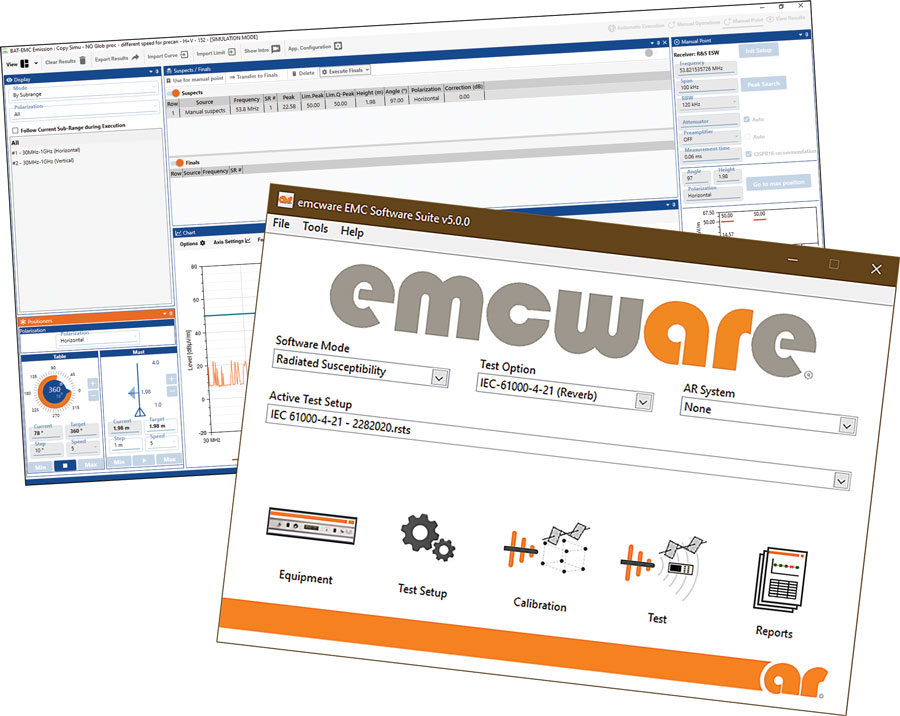
Other ar divisions: modular rf • sunar rf motion • ar europe
Copyright © 2020 AR. The orange stripe on AR products is Reg. U.S. Pat. & TM. Off.
Other ar divisions: modular rf • sunar rf motion • ar europe
Copyright © 2020 AR. The orange stripe on AR products is Reg. U.S. Pat. & TM. Off.
Measuring Differential- and Common-Mode Current Radiation from Cables
his article discusses the common-mode and differential-mode radiation from cables and presents the measurement results from the SMPS connecting wires.
If the fields generated by the forward current cancel the fields of the return currents and no other circuits, or sources, or coupling paths are present, then the forward current equals the return current. In virtually any practical circuit a different scenario takes place, as shown in Figure 2.
ÎD is referred to as the differential-mode (DM) current while ÎC is referred to as the common-mode (CM) current. The DM currents are usually the functional currents, they are equal in magnitude and of opposite directions. The CM (unwanted) currents are equal in magnitude and of the same direction (See [1] for the discussion of the CM current creation).


EOS is an area that has long been overlooked by the industry, not because of any limited importance, but rather because of its complex definition and multiple root causes. Indeed, it has proven difficult to find complete agreement among experts on even the fundamental definitions. Thus, the language of EOS, EOS threats, and responsibility remains open for discussion. ESDA’s newest technical report, ESD TR23.0-01-20 – ESD Association Technical Report for the Protection of EOS/ESD Susceptible Items – Electrical Overstress in Manufacturing and Test, is the first in a series of documents intended to provide information that promotes the reduction of EOS damage in manufacturing and test, and provide the knowledge base for on-going mitigation and monitoring for possibly damaging electrical stresses. The document will be revised and expanded as others in the industry come forward with additional best practices used in their facilities. The content in this version represents best practices that have been shared and reviewed up to the time of publication.

The Enforcement Bureau of the Federal Communications Commission (FCC) has fined a Dutch company for importing and marketing in the United States electronic organs which radiated emissions in excess of U.S. limits…
Once upon a time, when the Bahamas telephone toll center transactions were only $175,000 US per day — and EMC engineers made a great deal less — our facilities safety manager was attending to his appointed rounds with his brand-new…
When appropriate controls are implemented in system design, such as hardening, EMI requirements on subsystems and equipment, and good grounding and bonding practices, there are relatively few intra-system EMC problems found…
(EME means electromagnetic environment, used in this document to mean only the radiated environment)
High-powered shipboard radars have caused interference to satellite terminals located on other ships, resulting in loss of lock on the satellite and complete disruption of communication…
The effects of lightning can cause physical damage to personnel and equipment. In one of numerous documented lightning incidences, lightning appeared to enter a Navy aircraft nose, travel down the right side, and exit on top of…
the standards.
Today’s industry standards may be revised tomorrow to address emerging technologies, such as 5G and autonomous vehicles. That’s why ETS-Lindgren is an active technical contributor to the industry standards committees, including ISO, CISPR, SAE, ANSI C63 and CTIA, to name a few. We track the challenging EMC and wireless test requirements these new technologies present to ensure our solutions meet today’s standards, and our customers are prepared to meet future standards. ETS-Lindgren’s creative and cost-effective solutions include hybrid test chambers that enable EMC and antenna pattern measurements.
As an international manufacturer of industry-leading components and systems that measure, shield and control electromagnetic and acoustic energy, ETS-Lindgren is the driving force that allows some of the biggest industry names, and latest technological advances, to meet compliance standards. From chambers to test cells, absorbers, positioners and antennas, ETS-Lindgren’s EMC and wireless solutions are designed for reliability, diversity, scale, and precision.
More importantly, our decades of expertise helps our customers bring products to market – faster.
To view our accreditations and case studies, visit us at ets-lindgren.com.
the standards.
Today’s industry standards may be revised tomorrow to address emerging technologies, such as 5G and autonomous vehicles. That’s why ETS-Lindgren is an active technical contributor to the industry standards committees, including ISO, CISPR, SAE, ANSI C63 and CTIA, to name a few. We track the challenging EMC and wireless test requirements these new technologies present to ensure our solutions meet today’s standards, and our customers are prepared to meet future standards. ETS-Lindgren’s creative and cost-effective solutions include hybrid test chambers that enable EMC and antenna pattern measurements.
As an international manufacturer of industry-leading components and systems that measure, shield and control electromagnetic and acoustic energy, ETS-Lindgren is the driving force that allows some of the biggest industry names, and latest technological advances, to meet compliance standards. From chambers to test cells, absorbers, positioners and antennas, ETS-Lindgren’s EMC and wireless solutions are designed for reliability, diversity, scale, and precision.
More importantly, our decades of expertise helps our customers bring products to market – faster.
To view our accreditations and case studies, visit us at ets-lindgren.com.
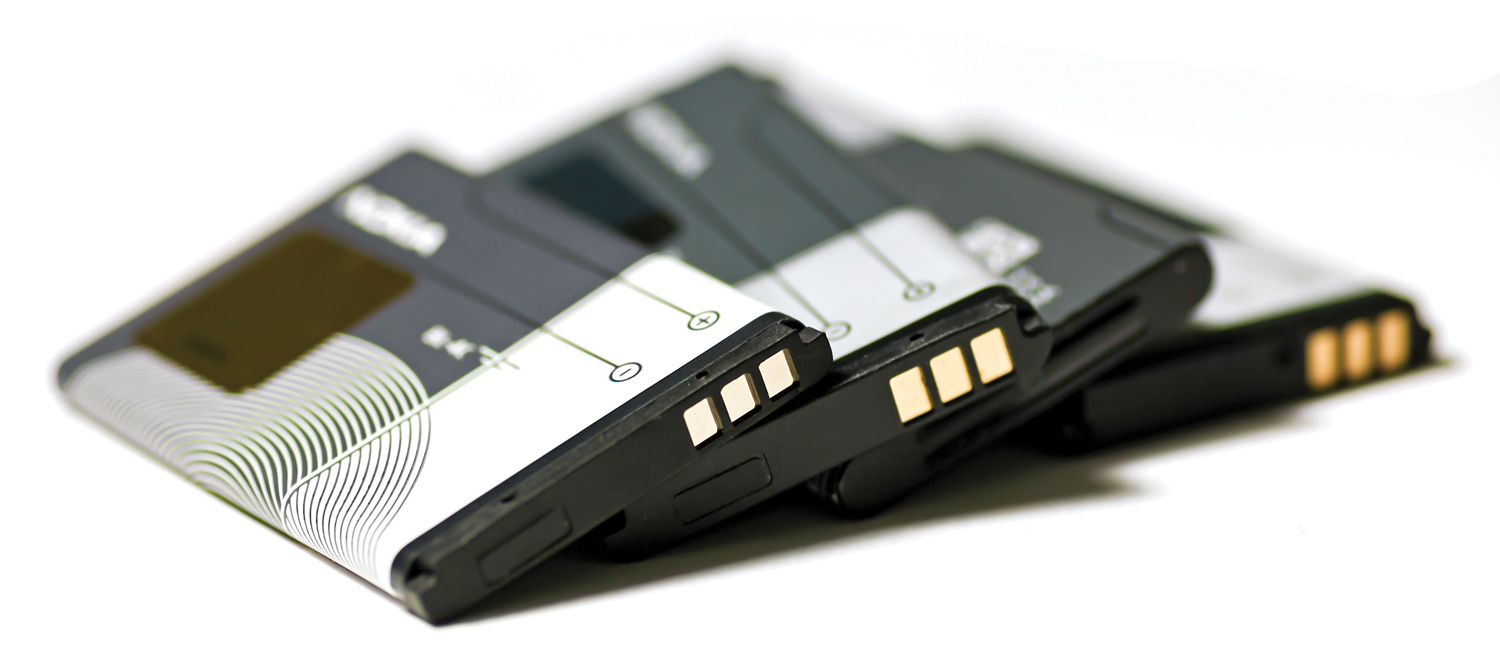
ithium and lithium-ion batteries are an integral part of everyday life. They are small, lightweight and, due to a high energy density, offer a long life. Across industries, from medical to consumer electronics, industrial applications to transportation, the small, lightweight energy sources pack quite a punch, making them a popular choice for manufacturers everywhere.
Most lithium batteries used today are safe when designed, manufactured and used properly. However, if they have design defects, are comprised of low-quality materials, are assembled incorrectly, are used or recharged improperly, or become damaged, they can pose a risk. Additionally, because of their high energy density, lithium batteries are susceptible to overheating and can become a fire hazard. For these reasons, there are several safety standards that manufacturers need to apply when developing and using devices incorporating lithium batteries.

Medical devices are increasingly designed with network interfaces to support interoperability. Interoperability interfaces enable medical devices to be composed into larger medical systems that include infrastructure components supporting networking, composite displays for operators, and software applications providing workflow automation, etc. In addition, work in the research [11], [28], [8], [22], [36] and standards [1] communities is laying the foundations for safety, security, and risk management approaches for “systems of systems” of medical devices built using “medical application platforms” (MAP). As defined in [11], a MAP is a safety- and security-critical real-time computing platform for (a) integrating heterogeneous devices, medical IT systems, and information displays via a communication infrastructure and (b) hosting application programs (“apps”) that provide medical utility via the ability to both acquire information from and update/control integrated devices, IT systems, and displays. Consortia [29], [17] are being organized to help support ecosystems of manufacturers [21] that cooperate to build asset bases of reusable components and rapid system development approaches aligned with a particular architecture.

roduct liability litigation and regulatory activities in the U.S. and elsewhere often become intertwined. Product liability claims and lawsuits can generate investigations by the government and recalls. And, on the flip side, investigations and recalls can generate product liability and other lawsuits and contribute to findings of liability.
Reporting a safety issue to the government and undertaking a recall can certainly make defending a product liability case much harder. And, while it doesn’t amount to absolute liability, reporting and recalling a product, at a minimum, increases the interest of plaintiff’s attorneys and can serve as the basis for a plaintiff’s verdict and possible award of punitive damages.
As a result, plaintiff’s lawyers and their retained experts can try to use the government as leverage to force a recall or use the argument that the manufacturer should have reported to the government who would have most likely forced a recall. And, on the other side, the government can argue that a product liability lawsuit or expert’s opinion triggered a duty to report, and that the company’s failure to report in a timely fashion should result in a fine.
View Index
IEEE EMC+SIPI Virtual Event
August 4-6
International Microwave Symposium (IMS) 2020
August 11
Ground Resistance Training
August 17-19
Fundamentals of Random Vibration and Testing with HALT, HASS, ESS and Fixture Design
August 26
5G Antenna Systems
September 13-18
EOS/ESD Symposium
Annual Chicago IEEE EMC MiniSymposium
September 15-17
The Battery Show
September 17
EMC Fest 2020
September 23-25
EMC Europe Virtual Event
September 24
2020 Minnesota EMC Event


